If you live in a city, chances are light pollution is stopping you from seeing many of the stars in the sky. But there are many areas in Austria where you get completely dark skies and can enjoy stars and constellations in all their glittering glory.
Unsurprisingly, there’s generally less light pollution in the Austrian Alps and away from urban areas.
Night skies in Europe are reportedly getting some six percent lighter each year, with Austria’s skies exceeding this average by six to eight percent. Yikes.
“If it carries on like this, then by 2040, there will be the first few areas where you won’t be able to see any stars at all with the naked eye,” Stefan Wallner, astronomer at the University of Vienna told Austrian newspaper Kurier.
You can see just how bad light pollution is in your area here.
Fortunately, Austria has so-called star parks (see below) where they are making a conscious effort to keep light pollution down to a minimum.
It’s always a good time to check the skies out, but it should be particularly special from August 11th to August 13th with the Perseids meteor showers – possibly the most beautiful night of the year for stargazing as you should see between 50-110 ‘shooting stars’ per hour!
You might need to set your alarm, though, as the best time to see them is between 9pm and 6am, looking to the north-east.
No telescope? No problem. We’ve put together a list of the best places across Austria where it’s dark enough to see stars even with the naked eye.
Sternenpark Naturpark Attersee-Traunsee, Upper Austria
In 2021, this park was certified as Austria’s first star park by the International Dark Sky Association.
This means everyone in the area makes it their job to keep light pollution at very low levels – you’ll struggle to find any brightly lit buildings or advertising hoardings here. Street lighting is kept to a minimum, too.
You can find out more in the video above (in German).
The park offers many different trails and discovery tours, as well as photography workshops for beginners and more advanced snappers, and other creative courses, such as natural drum-making.
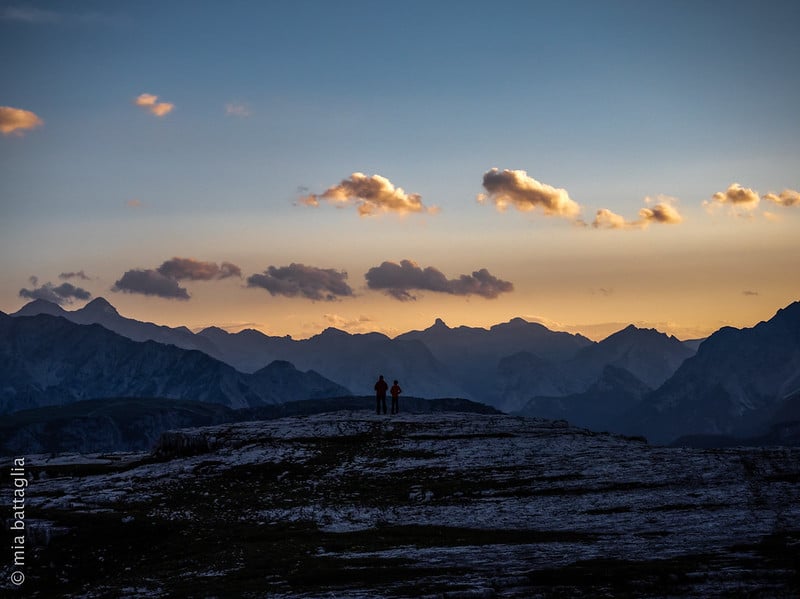
Ybbstaler residence in the Dürrenstein wilderness area, Lower Austria
Fans of stargazing can stay in this chalet on the 1,343-metre-high Ybbstaler Alps, in the Dürrenstein wilderness area.
Unesco declared Austria’s only wilderness area the country’s first World Natural Heritage Site in 2017 – giving it the same protection as the likes of the Dolomites and the Grand Canyon.
Given its position and protection, it’s easy to spot the milky way and zodiacal light (that faint white triangular glow you see just after sunset or before sunrise), as well as thousands of stars, with the naked eye.
And it’s a great place to spend a bit longer, too: there are 3,500 hectares of wilderness to discover via tours, excursions and hiking trails.
Visitors can explore the wilderness area on guided tours and excursions, which also provide a view of the Rothwald, or on the official hiking trails.
Hohe Dirn Star Park, Upper Austria
Grab your torches and something and reach for the stars – and the milky way – at the 1,100-metre-high Star Park observation point in the Upper Austrian municipality of Reichraming.
They also hold special events and public observation evenings (see above video) where you’ll get a short intro to the starry night. They’ll point out key constellations, answer your questions on astronomy and, depending on conditions, you might be able to see some objects up close with a telescope.
You can register for the next ones here.
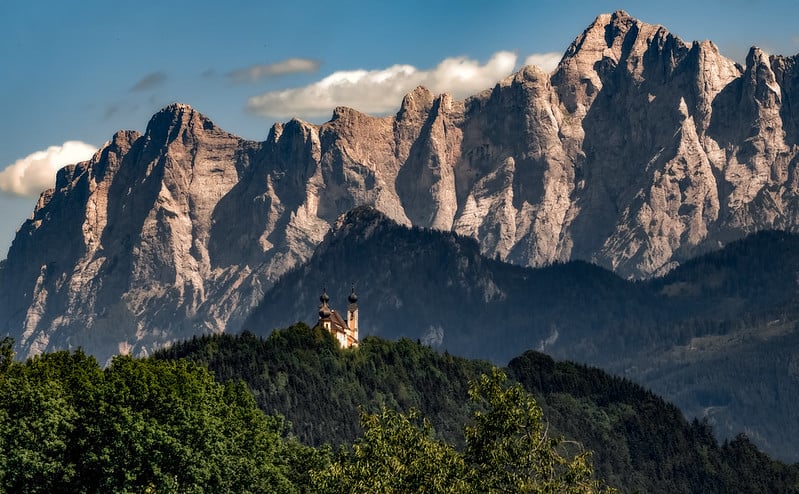
Gesäuse National Park, Styria
This 12,000-hectare national park in the mountainous region of Upper Styria extends over Admont, Johnsbach, Weng, Hieflau, Landl and St Gallen – Jonsdach was recently found to be the darkest place in Austria, so you know the views are going to be good here.
It’s said that people have even been able to see the milky way here without a telescope.
As well as stargazing opportunities a-plenty, they also have exhibitions, a photography school, and climbing, cycling and boating routes.
Plus, there’s a designated camping area.
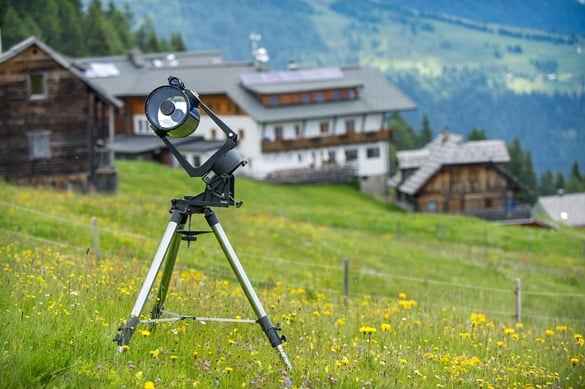
Mountain residence with observatory, Carinthia
If you fancy spending more than an evening with the twinkly ones, then how about a star-watching holiday?
Sattleggers Alpenhof on the Emberger Alm in Carinthia offers just that – there’s a mini observatory at 1,800 metres, a weather-proof star-watching hut with a retractable roof, astronomy photography workshops, and crucially, very dark nights with no light pollution.
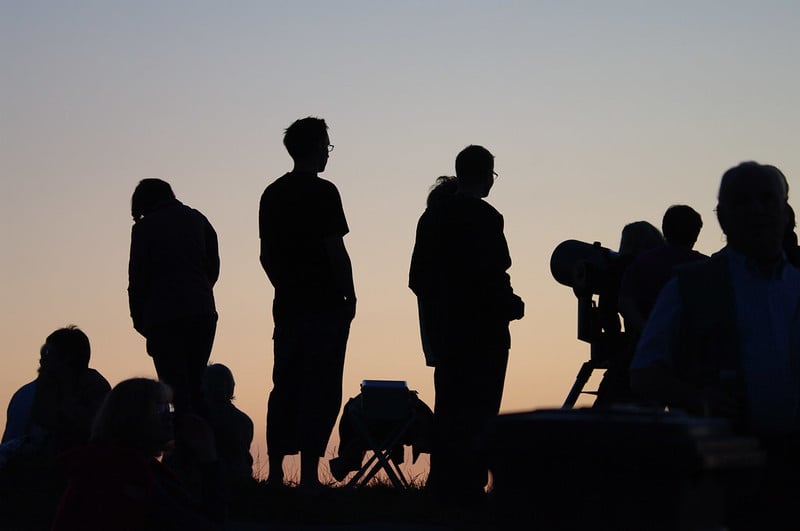
And Vienna (!)
Even if you’re in Vienna, all is not lost.
Just outside the city, you’ll find the Georgenberg Sterngarten observatory.
They hold lots of events for star fans, including tours, lectures, observation evenings, shooting star nights and picnics under the stars.
There’s also the Großmugl star walk just 30 minutes from Vienna.
The path is suitable for all ages – it’s about 1.5km long and has information boards all along it describing the phenomena you might see in the night sky.
And what about if it’s raining? Then head to the planetarium!
Austria’s largest planetarium allows you to stargaze whatever the weather.
There are events for young and old star-spotters alike, including watching the spectacular Perseids meteor shower (12th August, 2022) and private tours.
You can even dine under the 9,000 twinkling stars. Prices start at €149 per person.
The Urania Observatory, Austria’s oldest – yet most modern – observatory is also in Vienna. Thanks to a super-powerful automatic double telescope you can still observe the skies despite the brightness of the city.
And if you’re wondering when the best time to stargaze is, you better set your alarm clocks, as it’s between 2-3am, ideally during a new moon.
Happy stargazing!
READ ALSO:


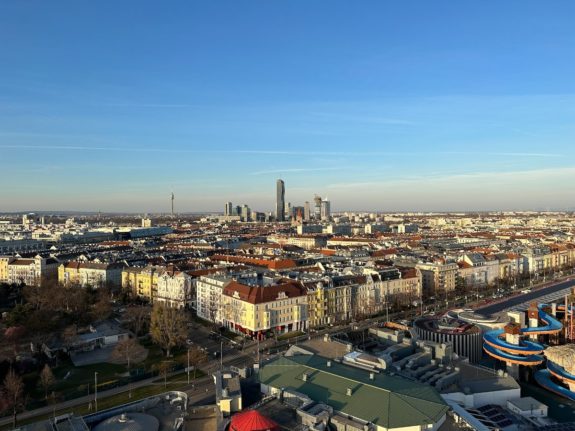
 Please whitelist us to continue reading.
Please whitelist us to continue reading.
Member comments